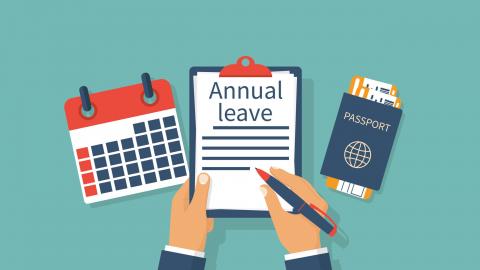Skills Gap
A skills gap is the net difference between the competencies an employee or applicant has, and those that are required to successfully fill the job requirements.
Identifying skill gaps benefits the organization as it ensures that employees are knowledgeable and well trained; it also:
- Points to the critical skills that employees need to improve and work on
- It helps in the recruitment process; as it defines the need for skills or interests which current staff members do not possess.
How to carry out a skills gap analysis
In order to make the workforce as competitive as possible, employers must ensure to analyze the organization’s skill needs and the skills that have currently been held within the workforce; below is step to step process to conduct a skills gap analysis:
1. Start with the organization’s strategy
Ensure to identify the organization’s goals, in order to understand which roles will be needed in near and far terms. For example, it might have come to your attention that, due to new developments, customer service is handled online. Therefore, employees within the customer service team must develop skills for handling videoconferencing and chat.
2. Identify the roles required for reaching those goals.
Employers can develop this list of roles by turning to an openly available resource online.
3. Create an inventory of skills for each role.
Employers can turn to multiple sources to help develop a list of the key skills needed for specific roles. Some recruitment agencies specialize in performing comparative studies across organizations to develop skill inventories. Once you have the list of skills required for specific jobs, you need to prioritize them in two ways: first, by type of skill, and, second, by level of mastery. Doing this will result in a better, more manageable understanding of each role.
4. Inventory the skills your employees have already.
Now it’s time to find out where your organization currently stands. You can take numerous approaches to assess your employees:
- Cull through the employee reviews already on file;
- Perform 360-degree reviews that identify skills through co-worker and manager feedback;
- Collect data directly from the employees about their certificates and proven competencies;
- Do observations of workers as they perform their jobs;
- Assess them through testing or role play for specific skills;
- Benchmark employees against top performers in their roles; and
- Evaluate staff using specialized software.
5. Perform your skills-gap analysis.
In this step, employers must compare the skills they need from staff against the skills they possess. The difference between those two elements is the skills gap you’ll be bridging.





